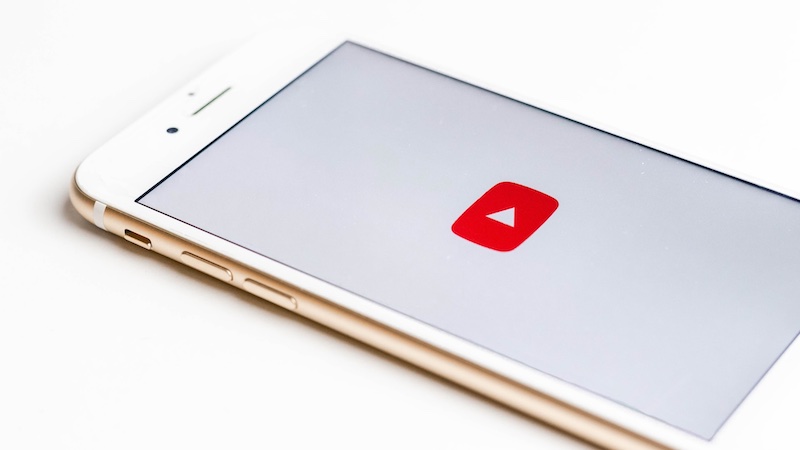The number of streaming services is continuously increasing. Now YouTube wants to create a marketplace for large and small players on the streaming market with the so-called “Channel Store”.
The popularity of streaming services is unbroken, and not just because of the Corona pandemic. In 2021 alone, around 29 percent of Germans used a video streaming service at least once a week. 13 percent even switched on daily.
The most popular are the big players such as Netflix, Amazon Prime Video or Disney Plus. But more and more smaller providers are also appearing on the market.
Users can quickly lose track of everything. But YouTube now wants to offer a solution to this problem. As the Wall Street Journal reports, the platform is working on a “Channel Store” and wants to create a marketplace for streaming services.
What are YouTube’s plans for its “Channel Store”?
With its “Channel Store,” YouTube is planning a kind of online store for streaming services. The Google sister has already started initial talks with entertainment companies, as the WSJ writes with reference to insiders.
According to the report, YouTube has been working on the platform, which would be particularly important for the extremely competitive US market, for at least 18 months. The project could be launched as early as this fall.
In 2020, YouTube has reportedly already considered launching such a marketplace. Now, thanks to the stagnant streaming market in the U.S., the project could pick up steam again.
What does YouTube get out of the streaming marketplace?
YouTube, of course, wants one thing first and foremost: to make money. And that is likely to be one of the main motivations behind the plans around the “Channel Store.”
According to the WSJ report, YouTube is already discussing the distribution of subscription revenues with its potential streaming partners. However, there could be very different conditions for each partner.
For the streaming providers, on the other hand, a stage is opening up with a large number of users. However, they also have to cope with some disadvantages in return.
If YouTube also earns from subscription revenues, its own potential income may be lower. The services also relinquish some control over their customers’ data.










